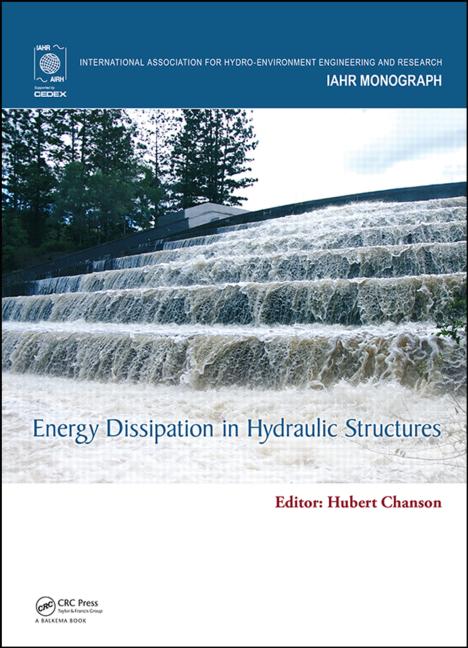Hydraulic fluids are the lifeblood of machinery, enabling power to flow where it’s needed. Just as a conductor leads an orchestra, hydraulic fluid orchestrates the symphony of mechanical movement. In this context, AW 32 and AW 46 are two noteworthy champions in the world of hydraulic fluids, each playing a unique role in ensuring efficiency, longevity, and reliability in hydraulic systems. Understanding the distinctions between these two can be akin to unraveling a sophisticated narrative, where every detail counts.
Understanding Hydraulic Fluids
Before we delve deep into the specifics of AW 32 and AW 46, let’s clarify what hydraulic fluids are. These fluids are specially formulated combinations that serve multiple purposes: they lubricate, transfer energy, cool, and protect against corrosion. Consider hydraulic fluid as the oil that keeps the engine of a machine running smoothly; without it, machinery would be prone to wear, inefficiency, and ultimately, failure.
Viscosity: The Heart of the Matter
At the core of choosing the right hydraulic fluid lies viscosity—the measure of a fluid’s resistance to flow under an applied force. The terms AW 32 and AW 46 directly refer to their viscosities at 40 degrees Celsius. AW denotes “Anti-Wear,” a vital property that protects hydraulic systems from metal-to-metal contact and wear, while the numerical values indicate the viscosity grade. AW 32 has a viscosity of approximately 32 centistokes, whereas AW 46 has a viscosity of around 46 centistokes.
The difference in these viscosity numbers can be likened to the choice between two different types of paint when decorating a room. While both can accomplish the task, one may leave a thicker coat, providing additional protection against the elements, just as AW 46 stands firm under conditions requiring higher viscosity.
Temperature Sensitivity
Temperature plays a pivotal role in the performance of hydraulic fluids. AW 32 and AW 46 cater to different operational temperature ranges. AW 32 is typically preferred in colder environments, where its lower viscosity allows for easier flow at low temperatures. Conversely, AW 46 exhibits better performance in high-temperature settings; its thicker viscosity resists thinning and maintains stability, making it suitable for more demanding applications.
Think of it this way: AW 32 is like a nimble dancer pirouetting gracefully across an icy stage, while AW 46 resembles a heavy weightlifter, steadfast and solid as the temperatures rise. Understanding the operational environment is key to selecting the right “performer” for your hydraulic “stage.”
Applications and Use Cases
The applications of AW 32 and AW 46 further illuminate their distinctions. AW 32 is often deployed in hydraulic systems that operate in a moderate temperature range, such as pumps and machinery in construction, agriculture, and even automotive applications. Its lower viscosity allows for efficient energy transfer while maintaining a protective barrier against wear.
On the flip side, AW 46 is frequently utilized in more heavy-duty machinery that operates under extreme conditions. Think of the large hydraulic presses in manufacturing plants or the massive excavators in construction sites. AW 46 thrives in these environments where pressures are high, heat is generated, and reliability is paramount. The choice of hydraulic fluid can thus significantly impact the operational efficiency and lifespan of equipment.
Environmental Considerations
In contemporary discussions about hydraulic fluids, environmental considerations cannot be overlooked. Many manufacturers advocate for fluids that comply with ecological standards. Both AW 32 and AW 46 can be produced with biodegradable properties, allowing industries to mitigate their environmental impact. Choosing the right fluid becomes a decision that intertwines performance efficiency with stewardship of the planet. The selection process is no longer just a technical requirement; it’s a call to action to uphold environmental responsibility.
Performance Parameters
Beyond viscosity and application, understanding performance parameters adds richness to the discussion. Factors such as the fluid’s ability to resist oxidation, foam, and corrosion play significant roles in determining its long-term usability. AW 32 and AW 46 both possess anti-wear additives, but their specific formulations can alter how they perform under various operational stresses. Continuous exposure to heat, moisture, and contaminants can compromise the integrity of these fluids, further influencing maintenance schedules and operational costs.
This is reminiscent of maintaining a finely crafted instrument: without regular tuning and care, even the most exquisite strings can fall out of harmony.
Merging Science and Art
Choosing between AW 32 and AW 46 is not merely a scientific choice; it’s an artful balancing act. It requires understanding the operational conditions, machinery requirements, and the overarching implications of environmental responsibility. The intersection of technological prowess and stewardship reveals a broader narrative about how industries can evolve while meeting modern challenges.
Ultimately, the conversation about AW 32 and AW 46 transcends numbers and specifications. It invites us to contemplate how the choices we make today can lead to enhanced operational efficiencies, prolonged machinery life, and a commitment to sustainable practices. In the world of hydraulic fluids, these choices ripple through time, impacting not just the machines we operate, but also the world we inhabit.
